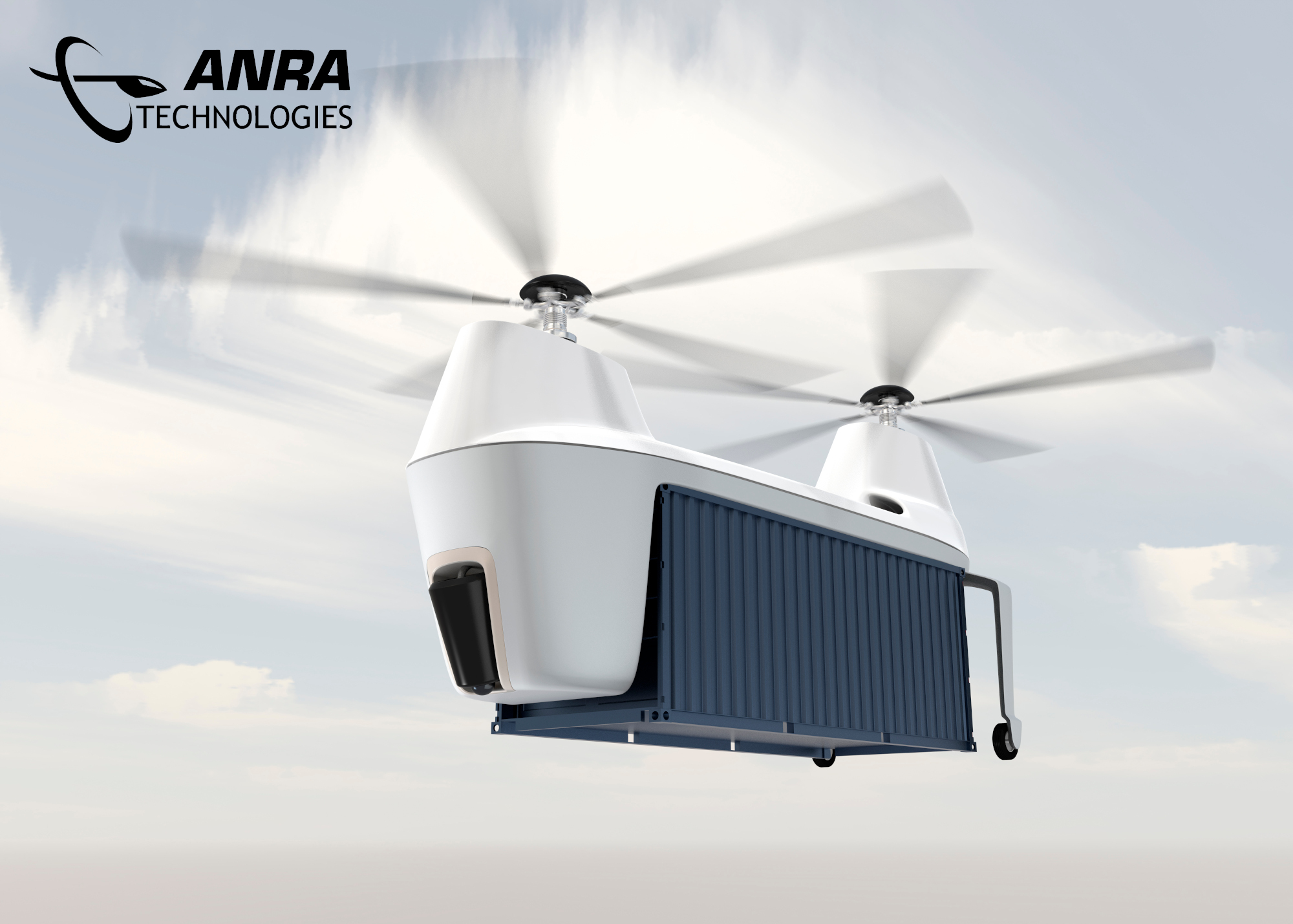The Evolution of Urban Air Mobility (UAM)
In the United States, governmental organizations such as the FAA and NASA, as well as industry players, including ANRA Technologies are collaborating together to establish best practices and industry standards to make UAM a reality.
On February 6th 2020, NASA Aeronautics Research Institute (NARI) and FAA hosted a critical meeting to discuss Concept of Operations for Urban Air Mobility (UAM) air traffic management. This was an opportunity for key stakeholders like ANRA Technologies to continue to provide input into the development of FAA’s ConOps plan for UAM to enable near term early UML operations.
The possible use cases for UAM are constantly expanding, ranging from air emergency response services, private cars, cargo delivery, and flying taxies. While public perception, regulatory environment and standards are still evolving, we at ANRA believe early adopters will commence UAM services beginning with cargo delivery in rural and remote areas. Experimental testing in rural and suburban areas will benefit from the reduced risk of fewer air and ground hazards as opposed to densely populated urban areas.
A number of risk factors need to be evaluated before economies of scale and mass adoption is achieved. Gaining the public’s trust and obtaining community support for mainstream UAM operations is paramount, especially for passenger carrying Vertical Takeoff and Landing Vehicles (VTOLs).
The cargo delivery concept has already been widely trialed with drones globally and is gaining acceptance due to the “Amazon Effect”, a disruption of the retail market revolutionizing e-commerce.
In recent UAS news, The Terra Drone group company, Antwork, has been transporting medical samples and quarantine materials to areas of Eastern China heavily hit by the coronavirus. The first transport was made in 2020 via the first “urban air transportation channel.”
While drones have already been tried and tested delivering smaller cargo, there is a need for unmanned aircraft to be able to do the same on a larger scale, delivering higher volume and heavier cargo on longer routes, including cargo handling automation.
High impact test runs can be deployed to disaster areas delivering emergency supplies. Unmanned cargo delivery can be deployed to remote geographies isolated from supply routes by hostile terrain or lack of infrastructure where inaccessibility to certain goods can slow economic development.
Elroy Air has developed autonomous hybrid gas-electric aircraft that can fly 24 hours a day, bypassing difficult terrain. The new technology can be deployed during the immediate aftermath of natural disasters in its most critical hours to minimize loss of human life.
Cargo carrying unmanned aircraft can be deployed to deliver mission critical supplies to military operations, eliminating the need for crew to accompany the aircraft when flying over hostile areas or warzones.
Elroy’s end-to-end autonomous loading and unloading aerial cargo delivery system can handle 250-500 lbs (100-225 kg) in a 300 mi (500 km) range without reliance on airports or electric charging stations.
Singular Aircraft’s, FLYOX I low cost UAV vehicles are marketed to be able to carry up to 1850 kg (4000 lbs) with precision parachutes.
Unmanned cargo delivery will be the starting point for UAM, allowing the industry to conduct robust test runs and implement lessons learned for a secure, flexible, and scalable solution. We expect that within the next two decades UAM will evolve to safely and effectively handle human transportation aspects in stages, including unmanned emergency services, private flying cars and taxi fleets, as well as ride shares.







